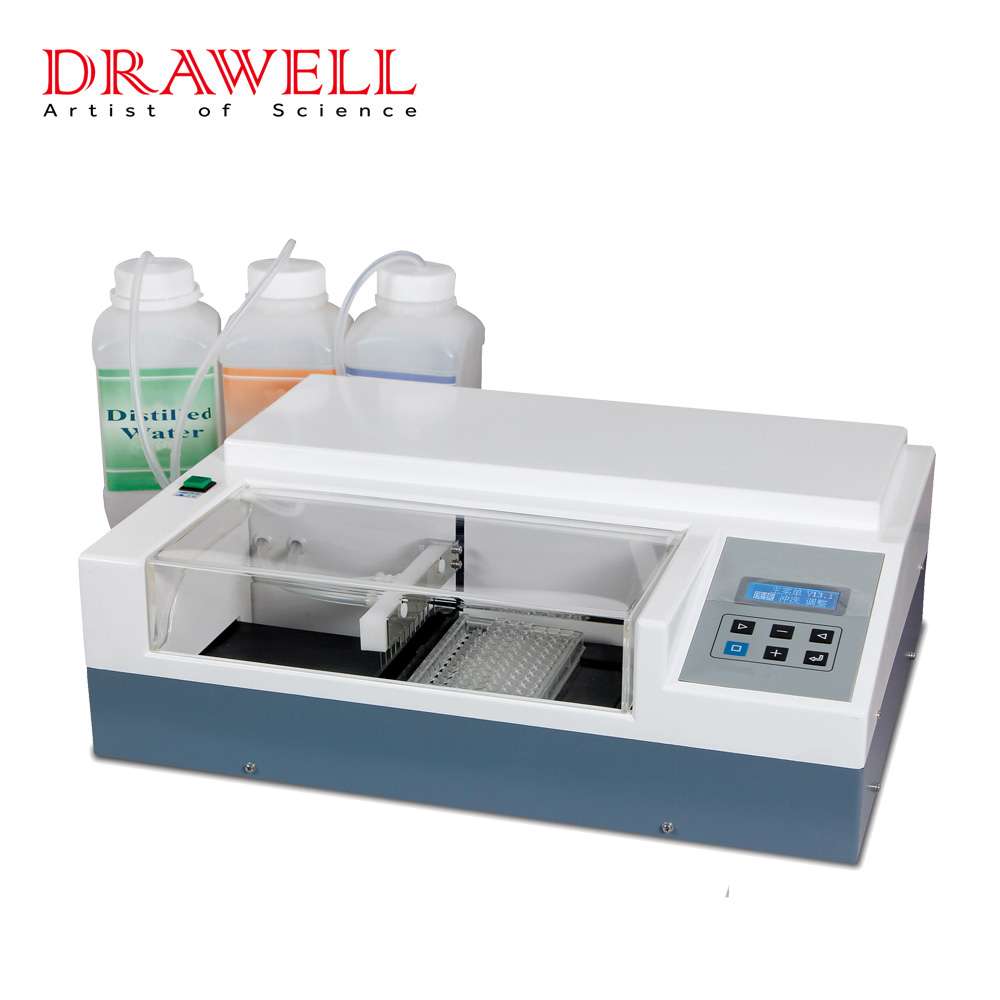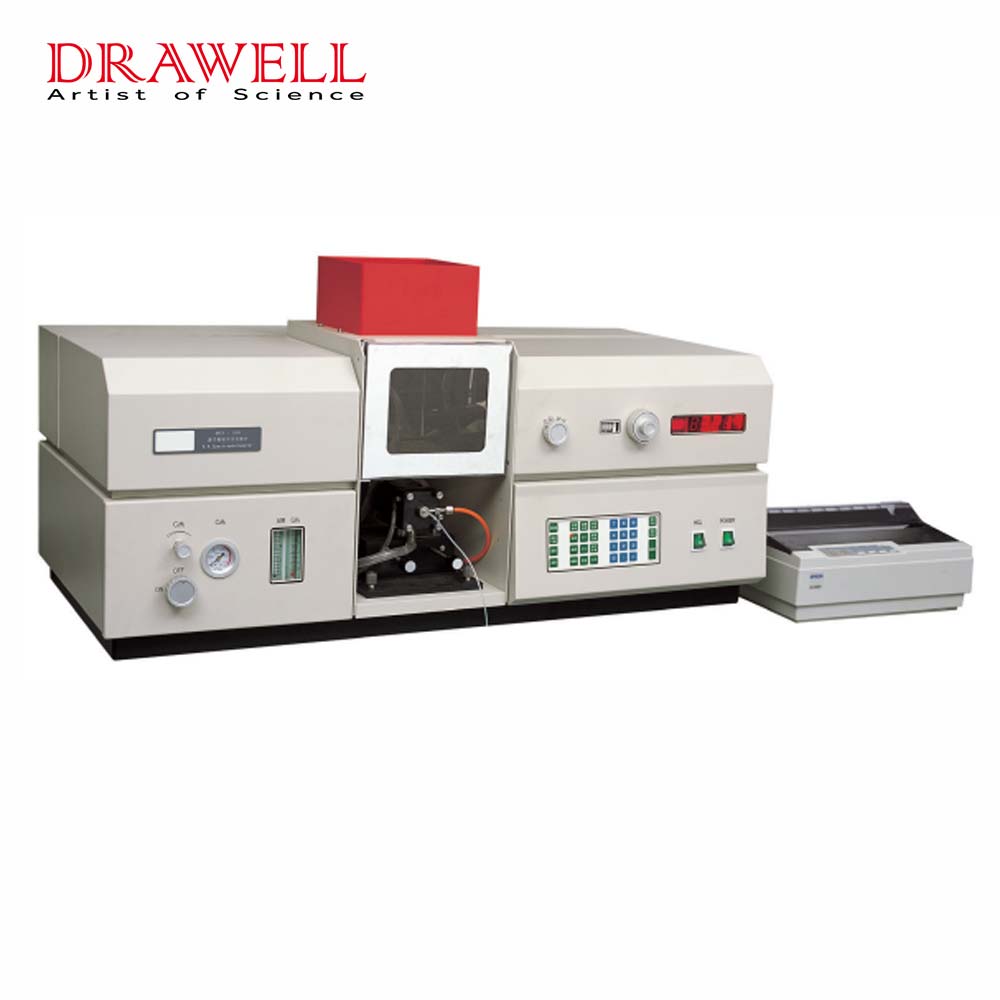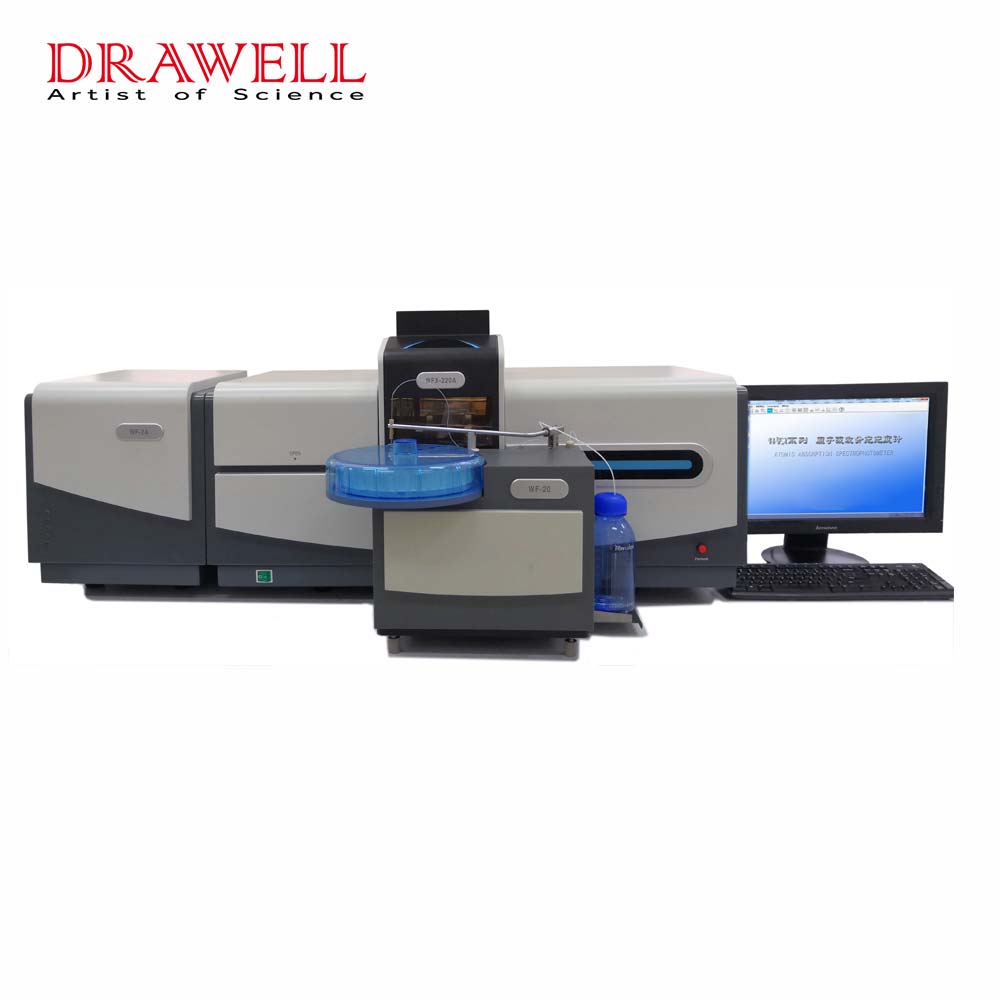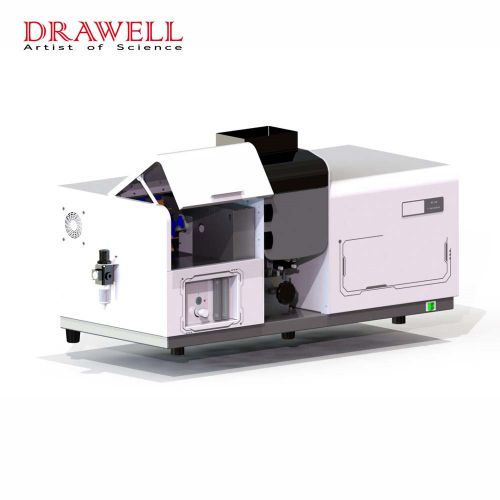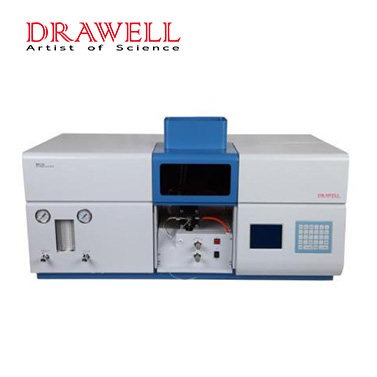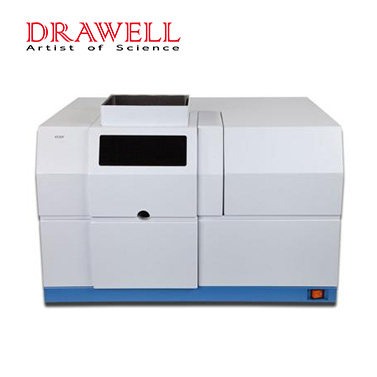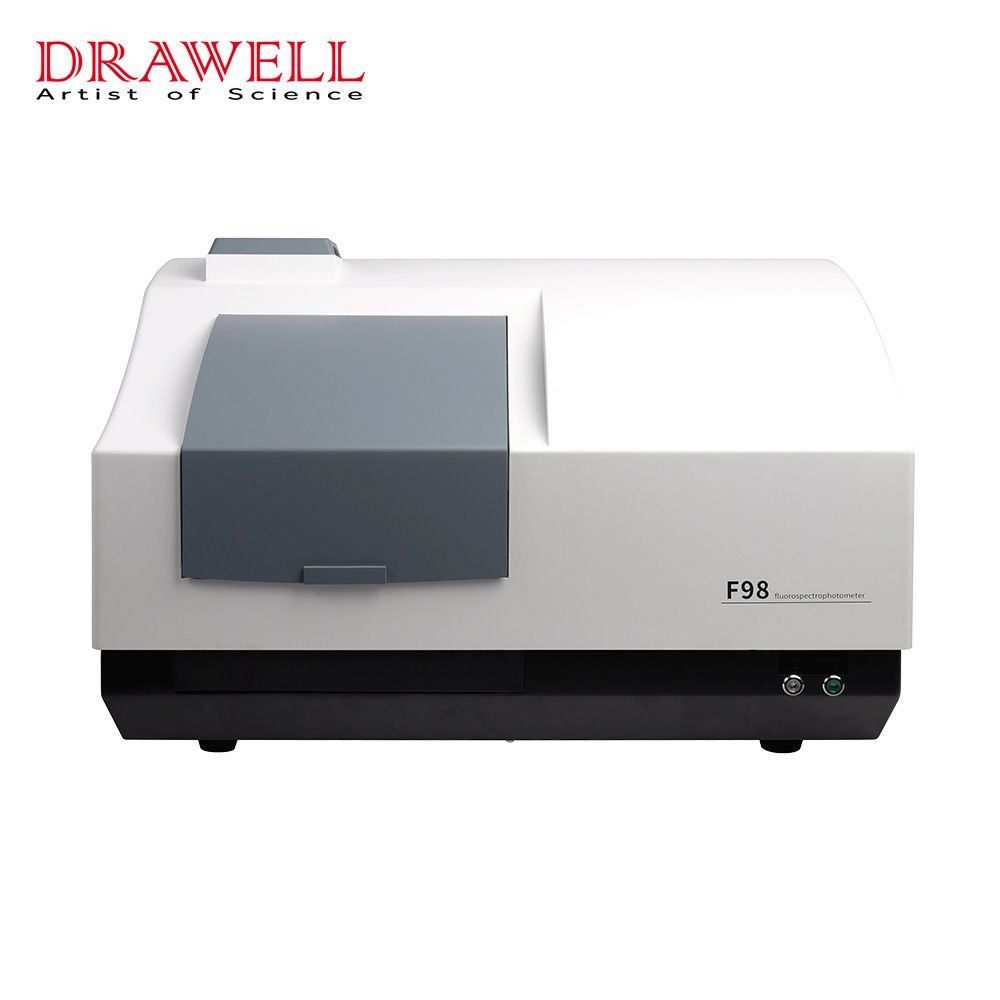Both the microplate reader and the spectrophotometer are commonly used analysis and measurement tools in the laboratory. Their measurement principles are the same, and both use the Lambert-Beer law to measure the absorbance of the sample. This article will introduce their difference.
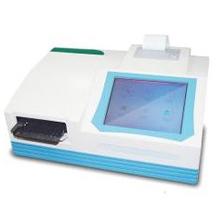
1. Three major differences between microplate reader and spectrophotometer
The microplate reader is an enzyme-linked immunosorbent detection instrument. It is an instrument for enzyme-linked immunosorbent assay, also known as a microplate detector. It can be simply divided into semi-automatic and fully automatic. But their working principles are the same, and their core is a colorimeter, which uses colorimetry for analysis. The determination generally requires the final volume of the test solution to be below 250 μL, and the test cannot be completed with a general photoelectric colorimeter, so there are special requirements for the photoelectric colorimeter in the microplate reader.
A spectrophotometer, also known as a spectrum, is a scientific instrument that decomposes complex light into spectral lines. The measurement range generally includes the visible light region with a wavelength range of 380-780 nm and the ultraviolet light region with a wavelength range of 200-380 nm. Different light sources have their unique emission spectrum, so different illuminants can be used as the light source of the instrument.
Similarly, there are some differences between microplate readers and spectrophotometers in the laboratory for measuring absorbance, and the specific differences are reflected in the following three aspects:
(1) Container containing the solution to be tested
The spectrophotometer uses a cuvette, and the microplate reader uses a plastic microplate (microplate). The cuvette can only play the role of containing the solution, and each cuvette can only hold one solution at a time. The ELISA plate is usually made of transparent polyethylene material, which has a strong adsorption effect on antigens and antibodies, so it is used as a solid phase carrier. A microtiter plate is usually 48-well or 96-well, and each microwell can hold a different solution.
(2) The direction of the light path
A spectrophotometer(https://www.drawellanalytical.com/spectrophotometer/) has a horizontal light path, while a microplate reader has a vertical light path. Since the plastic microplate containing samples in the microplate plate is multi-row porous, the light can only pass through vertically, so the beam of the microplate reader passes through the solution to be tested and the microplate vertically. Besides, the beam can be from top to bottom, or pass through the colorimetric solution from bottom to top. The characteristic of vertical light is that the absorbance of the sample is less affected by the concentration or dilution of the liquid. The disadvantage is that it is greatly affected by whether the liquid level of the sample to be tested is level, the light transmittance of the microplate plate, and whether the bottom of the well is flat.
(3) The length of the optical path
Because the optical density (OD value) is directly proportional to the absorption coefficient, the concentration of the component to be measured, and the optical path length.
The width of the cuvette used in the spectrophotometer is usually 1 cm, so the optical path length is fixed at 1 cm. Therefore, the data measured by different instruments and different batches have the same comparability.
The microplate reader uses a vertical optical path, so the length of the optical path should be the height of the liquid surface. The measured value is therefore influenced by the volume of the sample.
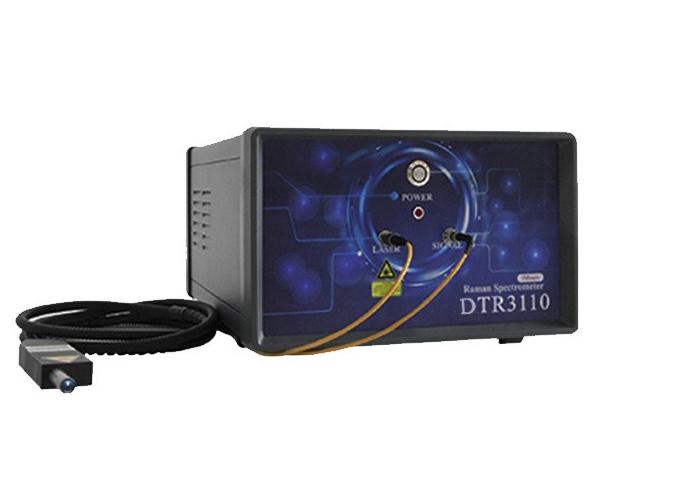
2. Comparison of the advantages and disadvantages of microplate reader and spectrophotometer
Spectrophotometer
Advantages:
1). The detection wavelength range is wide.
2). Inconsistencies in the amount of sample added do not affect the measurement results.
Disadvantages:
1). Heavy workload, cumbersome operation, and time-consuming.
2). Reagent consumption.
3). Poor result stability, poor repeatability, and large error.
4). It is difficult to detect and trace substances.
Main application areas: qualitative and quantitative analysis of substances in drug inspection, drug analysis, environmental testing, health and epidemic prevention food, chemical industry, scientific research, and other fields.
Microplate reader
Advantages:
1). A large number of samples can be processed at one time, saving time.
2). Fewer samples and reagents are used.
3). Simple operation, good repeatability, fast detection speed, and high efficiency.
Disadvantages:
1). The 96-well plate of the microplate reader has strong ultraviolet absorption in the ultraviolet region, so try to avoid using the microplate reader for content determination below 300nm.
2). It is necessary to ensure that the amount of sample added to each well of the microplate is strictly consistent, putting forward higher requirements for the experimenter’s operation skills.
Main application areas: clinical testing, biological research, agricultural science, food, and environmental science, etc.

